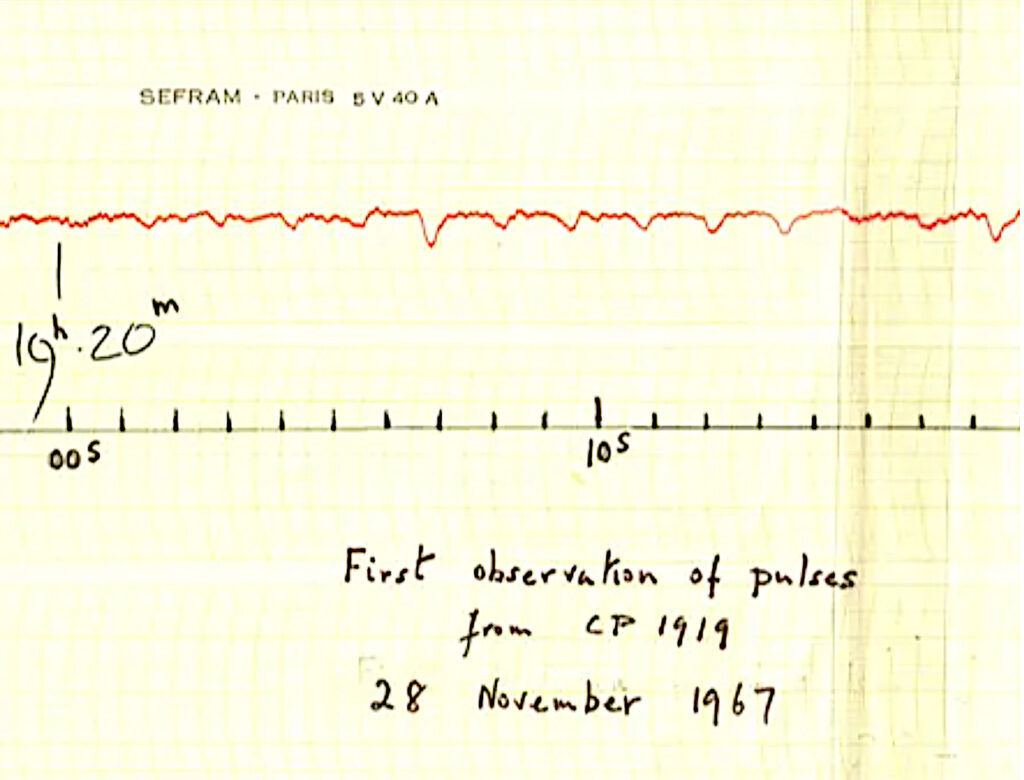 F. J. Bergmann
F. J. Bergmann
HD 164595
We thought we heard something
like a sound, linking us to a star
a light-century away.
At the far end of its signal, the star
bloomed like an unimaginable flower
in a dark garden.
The pulse might be only instability
at its core, but we could hope for a link,
before our end,
with other than ourselves, believe
that not all civilizations flower alone,
break before linking.
What sound does a flower make
when it blossoms into an expanding
core of petaling light?
Or is it just a star breaking
its own burning heart, its radiant
but defective core.
When our end comes,
will we break without a sound
if no one is listening?
_______________
F. J. Bergmann is the poetry editor of Mobius: The Journal of Social Change (mobiusmagazine.com) and freelances as a copy editor and book designer. She lives in Wisconsin and fantasizes about tragedies on or near exoplanets. She was a Writers of the Future winner. Her work has appeared in Abyss & Apex, Analog, Asimov’s SF, and elsewhere in the alphabet. While lacking academic literary qualifications, she is kind to those so encumbered. She also works with horses. She thinks imagination can compensate for anything.
Author’s Notes and Backstory: This poem was written following an announcement in 2016 that a signal from a distant star system with at least one exoplanet, picked up by a Russian radio telescope, might possibly originate from an alien civilization. Sadly, this possibility was later disproved. Repeated words in the poem suggest, but do not follow, a formal pattern.
Editor’s Comments and Image Citations: A Russian observatory reported a potential signal from aliens in this star system. SETI (Search for Extra Terrestrial Intelligence) researchers used the Allen Telescope Array to try to confirm the claim but failed. It was later believed to be caused by a Russian military satellite. https://www.seti.org/seti-institute/a-seti-signal#:~:text=HD%20164595%2C%20a%20solar%20system,foot%20of%20the%20Caucasus%20Mountains. Nevertheless, we can suspend the disbelief that there is an intelligent lifeform there attempting to communicate with another intelligence in the universe.
The search for extraterrestrial intelligence has big history at the National Radio Astronomy Observatory (NRAO) in Green Bank, West Virginia. What would a signal from ET look like? A very general result from the Internet came up, “If a signal from aliens were detected, it would likely appear as a consistent, repeating pattern across a narrow band of frequencies, not readily explained by natural phenomena, potentially with complex mathematical or encoded information, and originating from a single point in the sky, suggesting an intentional source rather than a random cosmic event; however, the exact nature of the signal is highly speculative and could vary greatly depending on the alien civilization’s technology and communication methods.” In the movie Contact, I think prime numbers were encoded into the signal.
When Jocelyn Bell discovered regular radio pulses, her graduate advisor labeled them Little Green Men. In reality, she discovered the first pulsar, PSR B1919+21 (a rapidly rotating neutron star emitting radio signals (and other frequencies) along its magnetic axis). For more details, see https://www.cam.ac.uk/stories/journeysofdiscovery-pulsars. The image here is of part of her data (courtesy of the University of Cambridge).
See also for something quite remarkable recently discovered
https://www.cnn.com/2024/11/11/science/seti-alien-signal-decoded-sign-in-space/index.html#
I will now digress. I too am interested in radio signals, but not necessarily in looking for ET. Rather, I use spectral analysis of the signals as a probe for the physics of originating sources, the medium through which the waves travel, and the consequences of interactions with the solar wind, ionosphere, etc., since 2002. So I’ve been active in amateur radio astronomy and frequented NRAO.
Among others, I met Claudio Maccone in the Drake Lounge of NRAO back in 2009. Because I welcomed this notable radio astronomer with the little Italian I know, he politely told our associates hanging around us to leave so that he could speak to me about physics in private in Italian. Fortunately, I understood most of what he said but could only respond with very brief Italian statements and a lot of body language (I’m Sicilian). It was “scary” at first, but ultimately a wonderful experience! He was privy to some of my work in signal processing and he was excited about introducing an advanced mathematical formalism, which I understood (he was delighted), and that I might use; the mathematics was very similar to what one might see in quantum mechanics. Sadly, an algorithm didn’t exist yet for anyone to apply his brilliant theoretical technique.
{By the way, Mannone and Maccone might be in similar phonetic groups, but aren’t likely related etymologically. Linguistically, Maccone has clear Gaelic roots, whereas Mannone has Germanic roots!}
